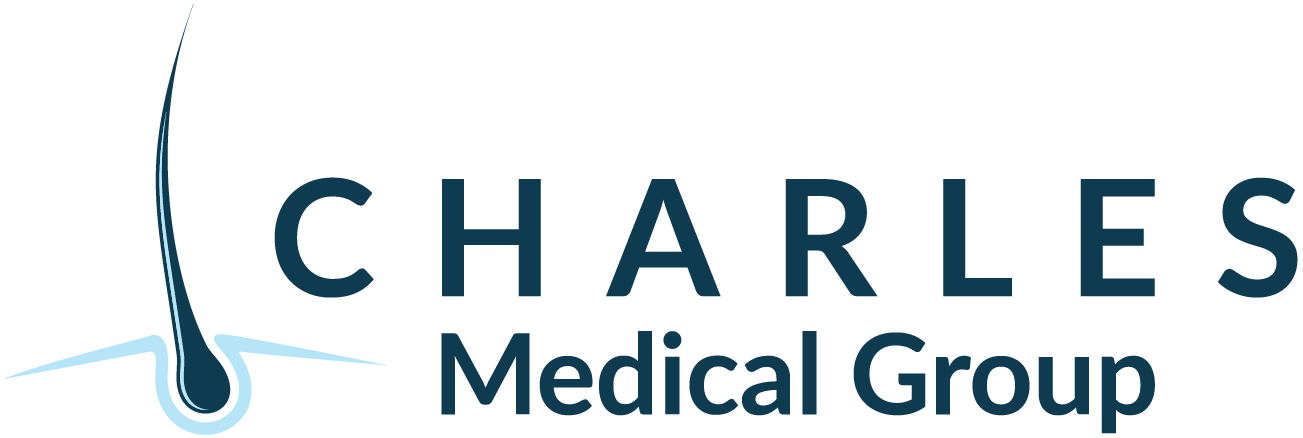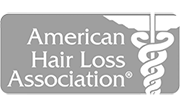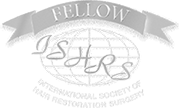One Month After Hair Transplant: Recovery Tips from Charles Medical Group
One month after undergoing a hair transplant, patients reach a significant milestone in their recovery journey. This period is crucial for the success of the procedure, as the newly transplanted follicles are still acclimating to their new environment. To ensure optimal results, it’s important to follow a dedicated post-operative care routine. Here are expert tips from Charles Medical Group to help you navigate this critical phase.
Gentle Hair Washing Techniques
After a hair transplant, it’s essential to keep the scalp clean to prevent infection and promote healing. However, the scalp and grafts are still delicate at the one-month mark. Use a gentle, sulfate-free shampoo and carefully apply it by patting and dabbing rather than rubbing. Rinse with lukewarm water and avoid high water pressure directly on the transplanted area.
Managing the Shedding Phase
Don’t be alarmed if you notice some hair shedding at this stage; it’s a normal part of the recovery process known as “shock loss.” The transplanted hair sheds before entering a new growth phase. This does not mean the follicles are damaged; they are simply resetting themselves for future growth.
Protecting the Scalp from the Sun
Sun exposure can be detrimental to healing follicles, leading to inflammation and even damaging the grafts. Protect your scalp by wearing a loose-fitting hat when going outside, and avoid direct sunlight for prolonged periods. Always consult your surgeon before applying sunscreen to the transplanted area.
Dealing with Itching or Numbness
Some itching and numbness can occur as the nerves heal and regenerate. While it might be tempting, avoid scratching the area. If the itching is persistent, reach out to your surgeon who may recommend a mild topical solution to alleviate discomfort.
Nutrition and Hydration in Recovery
A balanced diet rich in vitamins and minerals supports the healing process and hair growth. Foods high in protein, omega-3 fatty acids, iron, and vitamins such as Biotin and Vitamin E are beneficial. Staying well-hydrated also promotes healthy skin and follicle function.
Activities to Avoid or Resume
By the one-month point, you can slowly resume some normal activities, but it’s important to avoid anything that might stress the grafts or the scalp. Vigorous exercise can resume based on your surgeon’s advice. When it comes to wearing hats, ensure they are clean and not too tight, as pressure can affect the grafts.
Signs of Successful Grafting
While it’s still early to judge the final outcome, signs of successful grafting include the absence of excessive inflammation, signs of new hair growth, and a scalp that’s mostly recovered from the initial trauma of surgery. Keep in mind that hair growth is a gradual process, and patience is key.
When to Consult Your Surgeon
If you experience any severe pain, excessive redness, or signs of infection, it’s imperative to contact your surgeon immediately. Regular follow-ups as recommended by Charles Medical Group are important to monitor your progress and address any concerns.
Following these tips will help ensure that your hair transplant recovery is on the right track. Remember that each patient’s healing process is unique, and it’s important to adhere to the specific instructions given by your hair restoration specialist. With proper care, you’re setting the stage for robust hair growth and a fuller head of hair in the months to come.





